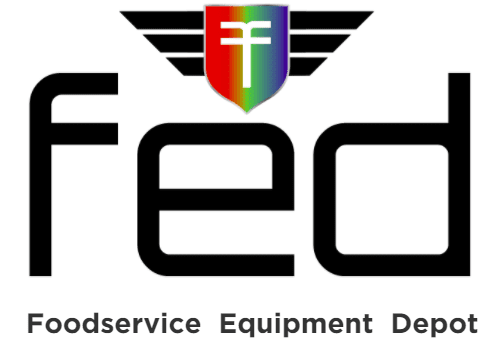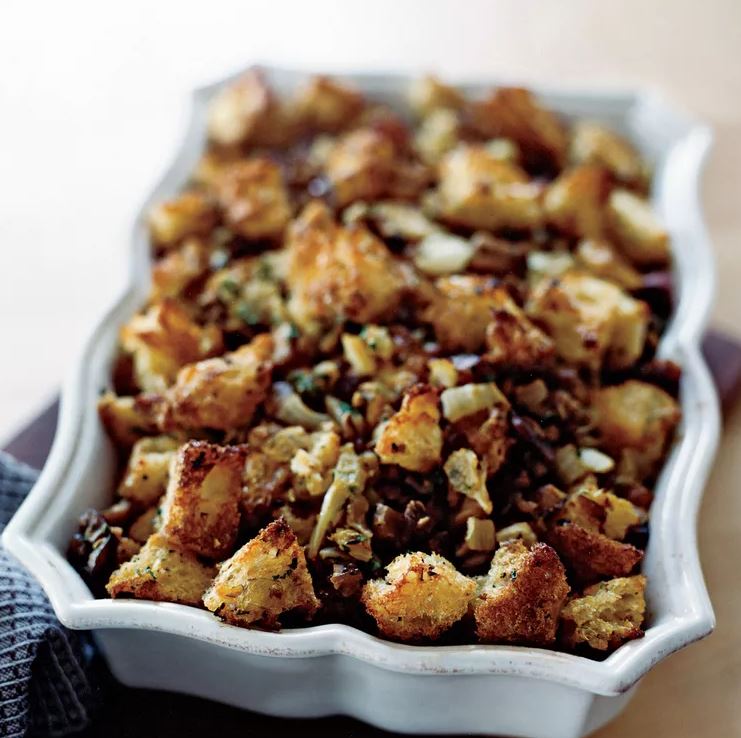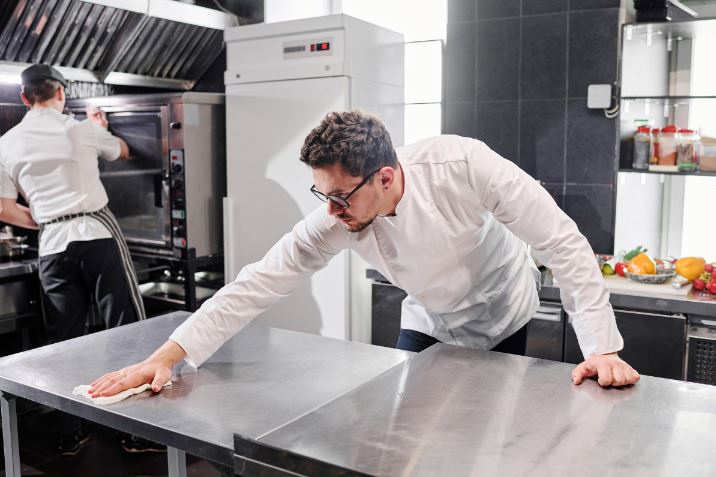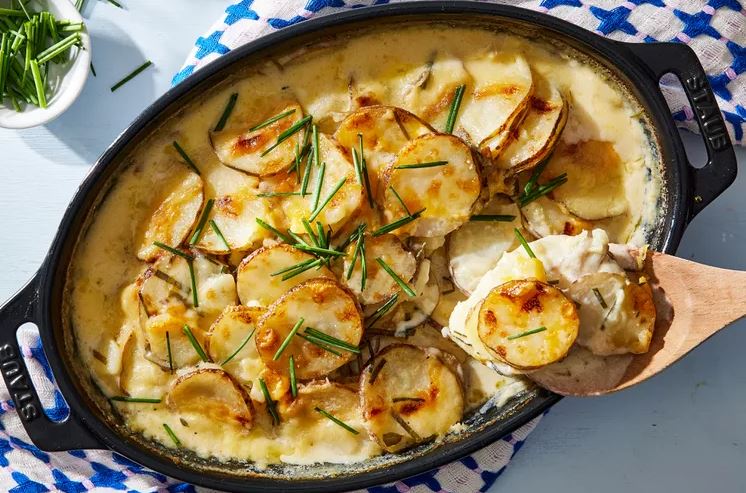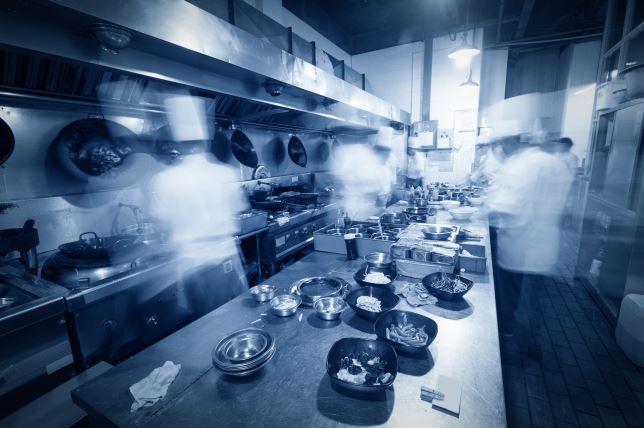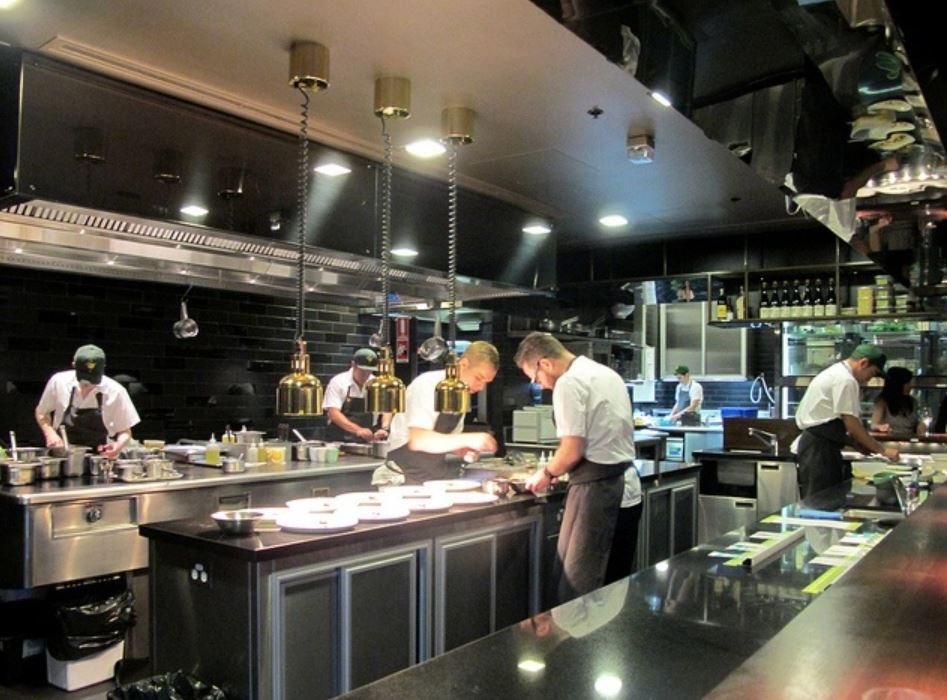
A Guide to Navigating Success: Choosing the Best Calgary Supplier for Your Restaurant Equipment Needs
Although opening a restaurant is an exciting endeavor, success depends on making wise choices, particularly when it comes to selecting the best suppliers for your restaurant’s equipment needs. Locating trustworthy suppliers of commercial equipment in Calgary, where the food industry is flourishing, may be the game-changer your business needs. We’ll
